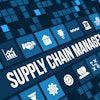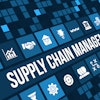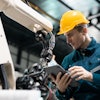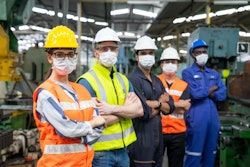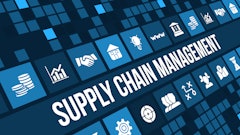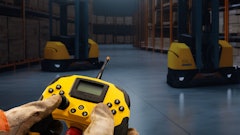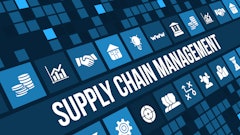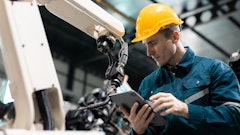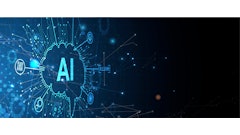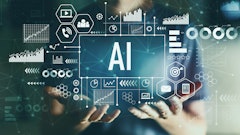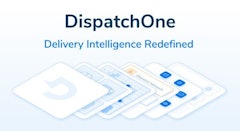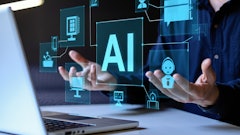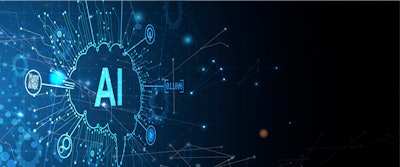
Most supply chain leaders see the potential of AI, but only 23% have a formal strategy in place. That gap between ambition and execution means there are still blind spots in visibility and procurement. AI can see patterns, signals, and risks that human teams often cannot, which makes it a critical part of the future supply chain toolkit.
Supply chains today stretch across continents, industries, and regulatory systems. They carry more risk than ever, from unstable geopolitics to shifting customer expectations. Static dashboards and manual reporting are no longer enough to keep pace. A new generation of AI-driven tools is emerging that can combine multiple data streams, identify risks before they escalate, and support procurement teams with more confident choices. Predictive platforms that merge telematics from vehicles, temperature sensors in cargo, and live weather data already show how blind spots can be eliminated before they disrupt operations.
Leaders who aren’t already acting to integrate these capabilities will find their competitors moving faster with better information.
Multi-modal AI expands visibility in logistics
Supply chain platforms have often been limited by the scope of the data they monitor. Delivery schedules, warehouse inventories, and shipment locations are essential, but they do not tell the full story. Multi-modal AI allows logistics teams to bring together information that once lived in separate systems.
Consider a truck transporting frozen goods. A conventional system may record that the vehicle is en route. A multi-modal system can layer in the internal temperature of the truck, the fuel or battery level, and the weather forecast for the journey ahead. If the truck is projected to need refueling earlier than planned, the system can flag the risk of spoilage before it occurs. The ability to combine temperature, fuel, and route conditions transforms basic monitoring into predictive insight.
This approach is not limited to the cold chain. Maritime operators can combine satellite imagery, port congestion reports, and vessel sensor data to predict delays. Manufacturers can merge data on equipment performance, energy consumption, and supplier lead times to anticipate bottlenecks. The advantage comes not from any single dataset but from the correlations that emerge when they are analyzed together.
Procurement gains a more ethical compass
Greater visibility also changes the way organizations approach procurement. Pressure from the likes of regulators and consumers has intensified the need for responsible and sustainable sourcing. Procurement leaders are expected to demonstrate that supplier choices reflect both efficiency and ethics and AI provides tools to meet that expectation.
Supplier selection has always been vulnerable to bias. Long-standing relationships can carry weight even when objective measures suggest alternatives might be stronger. AI introduces balance by evaluating suppliers against consistent criteria, minimizing the influence of personal preference.
Blockchain and distributed ledger systems add further transparency. They create verifiable records of sourcing claims, whether related to carbon emissions or labor practices. Procurement teams gain confidence that commitments are backed by data rather than marketing language.
AI can also act as a continuous monitoring system – by scanning media coverage, NGO reports, and public digital signals, it can identify early signs of suppliers drifting from stated commitments. This turns compliance from a reactive process into a proactive one, helping companies reduce risk while strengthening their reputation for accountability.
Humans remain central to effective decision making
Concerns about AI replacing human expertise are common, but supply chain practice shows the opposite. The most effective systems are those that automate repetitive tasks while elevating decisions that require judgment.
Supplier negotiations illustrate the point. AI can assemble data on performance, contracts, and risks within seconds. What it cannot replicate is the ability of a skilled professional to interpret political instability in a supplier’s country, or the nuance that comes from years of collaboration with a partner. The machine accelerates the preparation, but the decision still belongs to the person with experience.
This partnership delivers the real gains. Routine processes move faster and at lower cost, while experts are freed to focus on the choices that shape long-term strategy. AI brings efficiency, humans provide context, and together they build resilience.
Resilient supply chains are built by AI and humans
Disruptions will not disappear. Extreme weather, shifting trade rules, and sudden swings in demand will continue to test. What matters is how quickly organizations can see what is coming and move to address it.
AI spots the signals human teams miss, but only people can act on them fast enough to matter. The companies thriving through the next disruption won't be those with the most data – they will be the ones who turn insights into decisions before their competitors even know there's a problem.
